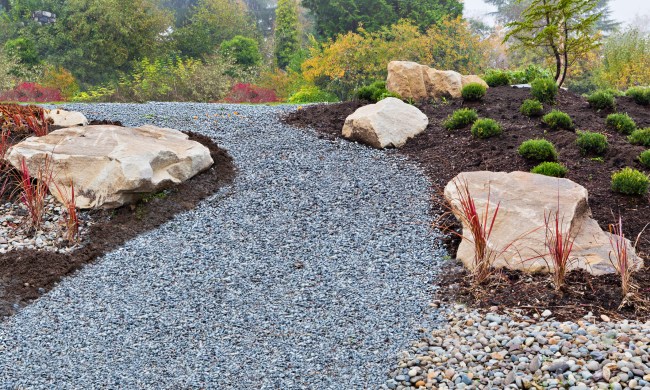Cleaning a dirty mop head isn’t the same with every model because there are many types of mop heads based on surface area and flooring material:
- Looped end: common for industrial use, machine washable
- Microfiber: easy to clean, prone to mold, less absorbent, not suitable for deep cleaning
- Flat: convenient, less absorbent, ideal for hardwood and vinyl, durable
- Steam: for stain and debris buildup, for deep cleaning
- Sponge: super absorbent, easy to replace, hard to clean
- Dust: for dust and dirt, dry mop style
- Spin or twist: for hard-to-reach places, machine washable, reusable
- Brush: dry mop combo with a scrub brush, for muddy or sticky spots
- Rag: easy to replace, most affordable, easy to wash
- Robot: innovative cleaning tool, for light cleaning on even flooring
As you can see, the large variety of mop heads makes it hard to pick the best way to clean them quickly. However, if you know how to choose the best mop for your cleaning needs, you need to know the best way to clean them, too.
How to clean mop heads: What you need to know
Keeping your mop heads sanitary depends on a few key things. You want a clean mop to ensure it washes your floors and doesn’t just push the dirt around. Here are a few essential things to consider when washing mop heads. Note: You clean heads either by hand or by machine washing. Here are some general tips on cleaning mop heads.
Rinse it every time
Post mopping, it’s critical you rinse out any mop head with a cleaning solution (not just water). This rinse removes residue and prevents dirt buildup. It also helps diminish bacteria and mold growth.
Dry it out
After you rinse out a mop head, hang it to dry. A wet mop is a breeding ground for bacteria. The best way to ensure a mop dries efficiently is to thoroughly wring it out, then hang it upright or stand it against a wall in a well-ventilated area with drainage.
Replace it as needed
Not all mop heads last forever. Most require replacement annually (or quarterly), depending on how much you use them. Some mop handles may last much longer than the heads, but you must replace the mop heads. Replacing these heads ensures a clean floor every time.
Cleaning wet mops
It should come as no surprise that cleaning a wet mop is different from cleaning a dust or dry mop. The type of mop head determines whether you need to hand-wash it or place the head in your washing machine. Here are some tips on how to clean dirty mop heads on wet mops.
- Soak your mop head in a chemical solution of 1 gallon of hot water to 1 cup of white vinegar or bleach for several minutes. Wring out the mop head excessively and then let it hang dry. Don’t let it soak for more than 24 hours to avoid bacterial growth.
- If you don’t soak your mop, use a washing machine with a capful of bleach to sanitize it. Then wring it out and hang it to dry.
- A dishwasher can work in place of a washing machine, too. However, don’t wash it with your dishes. Use a capful of bleach in the dishwasher, and then wring it and hang it to dry.
- After selecting one of these cleaning methods and wringing out excess water, store your wet mop head in a ventilated area or space with sufficient drainage.
Cleaning dust or dry mops
Cleaning out dust mops or dry mops is different than washing mop heads. Water isn’t the first way to wash dry mops (since dry mops need to be dry to function). You can shake out a dust mop every time to minimize dust spread.
- Aside from shaking out your dust mop, you can also vacuum it clean with a tube and soft brush attachment. This traps the dust and removes all debris from the mop head.
- Use a dryer for deep cleaning a microfiber dust mop. This is the best way to clean out a mop head that traps dust deep in its fibers. Don’t dry a microfiber mop head with your clothing.
- Wash your dust mop by hand with dish soap in a sink. This works excellent for microfiber and other dust mop heads with less absorbent materials.
Cleaning mop heads is easy
The takeaway is that it’s important no matter what kind of mop you use, washing the mop head is critical to ensure your floors get clean. Follow these simple steps for cleaning your wet or dry mop and you’ll have sanitary and sparkly floors every time.




